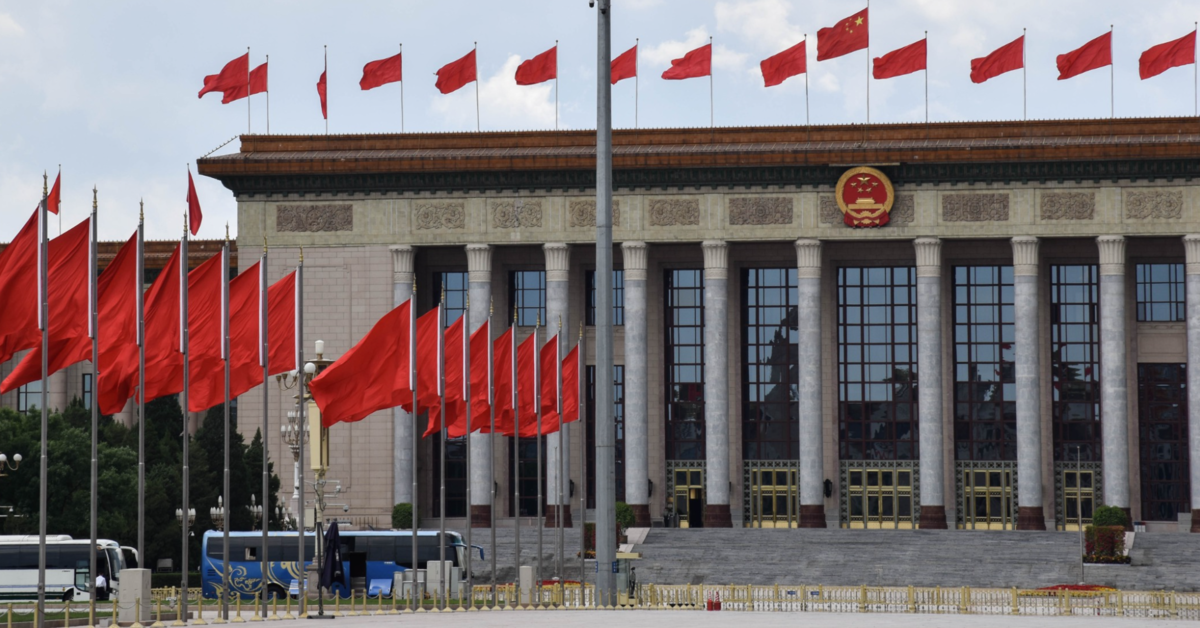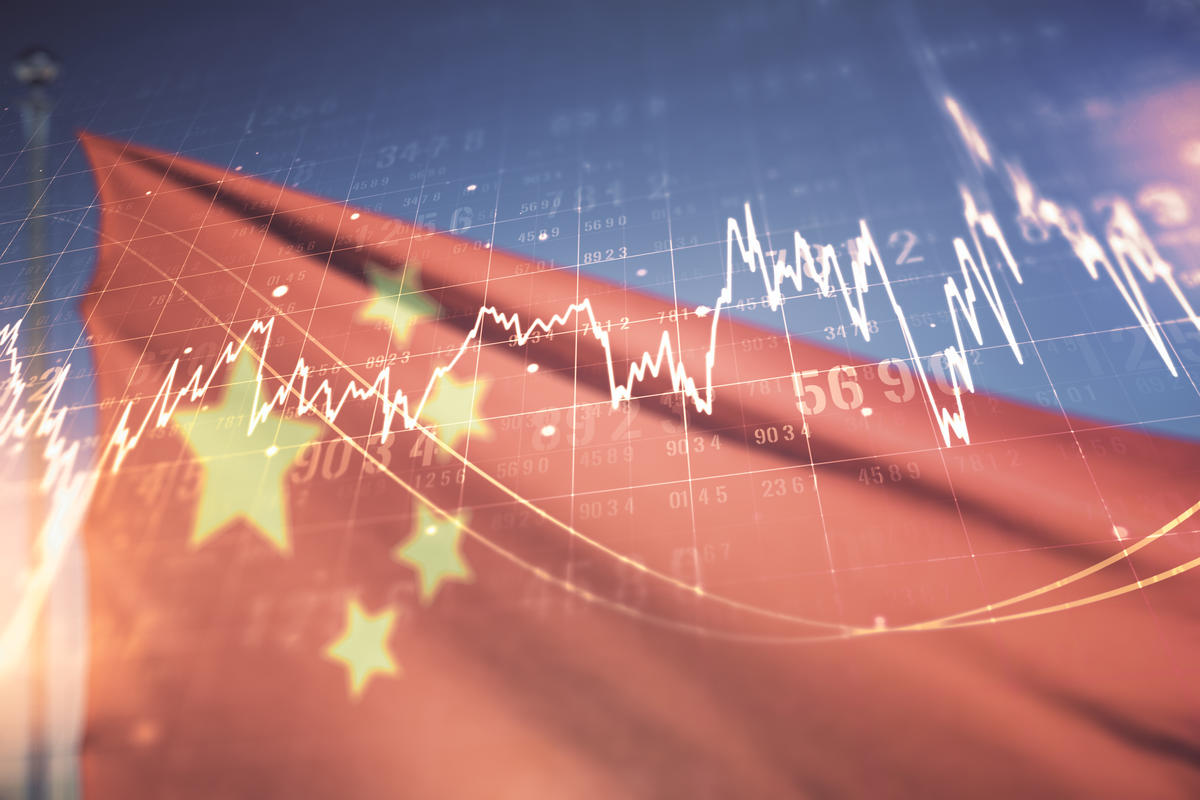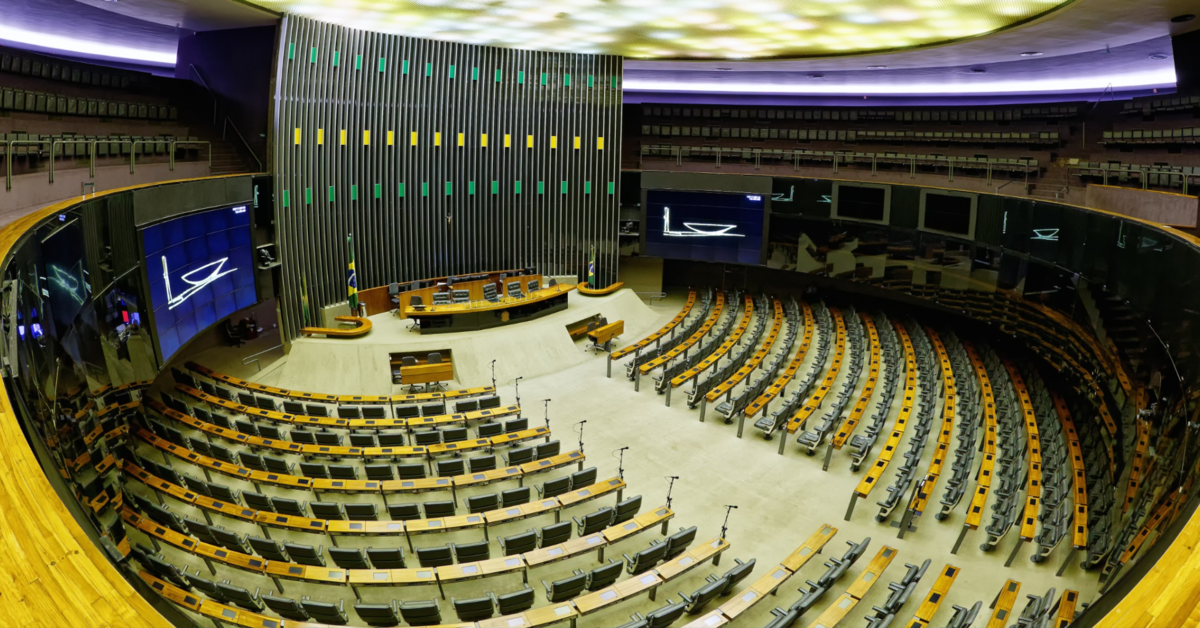EGA Five Facts to Know: Brazil's Lula and China's Xi "Wonderfully Welcome" a Stronger Strategic Partnership
"I want the Chinese to understand that their investment here will be wonderfully welcomed. But not to buy our companies. Rather, to build new things that we need. What we need is not to sell the assets we have, but to build new assets. This is what I want to convince my friends from China of."
- President Lula da Silva
Brazilian President Lula da Silva is making nice with China. The former President (2003-2010) was elected again in October and – eager to engage with Beijing – just concluded a four-day trip to China. Lula met with Chinese President Xi on April 14 to discuss Brazil-China relations, advance Brazilian business interests in China, and encourage Chinese investment in Brazil. The two countries boast strong economic ties: last year, bilateral trade topped USD 150 billion – almost double US-Brazil trade that same year (USD 88 billion) and 21-fold trade when Lula first visited China in 2004. And Lula’s latest visit proved fruitful. The two presidents signed fifteen deals worth over USD 10 billion on everything from soybeans, cybersecurity, and satellites; and more than 30 other agreements were signed between Chinese and Brazilian companies.
Here are five facts to know about Lula’s trip to China:
1. The Trip Marks a New Era for Brazil-China Relations ... and a Big Move Towards a Multipolar World
President Lula’s meeting with President Xi marked a stark shift in Brazil-China relations. Former President Jair Bolsonaro was no friend of Beijing, visiting Taiwan during his presidential campaign and criticizing Chinese investment as a threat to national security. But Lula, who maintained a strong relationship with Xi’s predecessor, Hu Jintao, has shown a strong desire to engage China in his third term. Xi seems to share this desire, calling Lula “an old friend of the Chinese people.”
Lula’s repositioning of the relationship reflects the long-standing strategic and economic ties between Brazil and China. In 1993, Brazil became China’s first “strategic partner” in Latin America and, as the two biggest emerging markets in the Eastern and Western hemispheres, the two countries continue to leverage BRICS (Brazil, Russia, India, China, South Africa) – the emerging markets alternative to the G7 – to reduce dependence on the West. Lula’s visit to Huawei, the telecommunications giant whose equipment the US has deemed a security risk, exemplified “nobody” being able to stop Brazil from developing its relationship with China. Beginning in the Trump administration, the US has had a global full court press to stop other nation’s from buying Huawei’s equipment. China and Brazil are reportedly in talks of cooperation on 5G, cybersecurity, and a new Huawei chip plant in the country.
Lula and Xi also issued a joint communique indicating support for China’s proposal for a peaceful solution to the “crisis in Ukraine” and Brazil’s aspiration to play an even more prominent role in the UN – where Lula is pushing for a permanent seat on the Security Council. As with most countries caught between US-China tensions, Lula will still manage his country’s relationship with the US – which also has its benefits – but the US will have to learn to share custody with this ally – and others.
2. From Soybeans to Satellites, Trade Drove the Agenda with an Eye to Diversification
“Our relationship with China is extraordinary, and it has become more mature and stronger over time. We hope that Brazil-China relations can go beyond trade. Nobody can stop Brazil from continuing to develop its relationship with China.”
- PRESIDENT LULA DA SILVA
Two hundred and forty businesspeople joined Lula’s delegation to China – eager for deals. More than 15 agreements were signed between the two governments and more than 30 between Brazilian and Chinese companies, in agriculture, mining, renewable energy, the digital economy, and information and communications technologies – including 5G and cybersecurity – as well as one for construction of a sixth satellite to monitor deforestation in the Amazon. While more details of the agreements will emerge in the coming months, it was clear that trade and economic cooperation topped Lula’s agenda – and businesses in both markets stand to benefit. During Lula’s first tenure as president, China went from having little trade with Brazil to overtaking the US as its top trading partner in 2009. Today, China is Brazil’s largest export market. China continues to represent a major opportunity for Brazilian firms – in large part due to soaring Chinese demand for commodities like soybeans, sugar, and beef. In 2021, 39% of Brazil’s total agricultural exports and 70% of Brazil’s soybean exports went to China. China’s post-pandemic economic recovery this year will be a boon for Brazil’s iron ore and crude oil exports – $29 billion and $14 billion markets, respectively. But Brazil is working hard to diversify its economic relationship with China beyond commodities and to up-level their economy toward higher end manufacturing and technology. In addition to the possibility of a new Huawei chip plant in Brazil, Lula spoke with Chinese electric vehicle maker BYD about starting operations in a closed Ford plant.
The new era for Brazil and China means more varied trade. While Brazilian companies in traditional export sectors – such as agriculture and mining – stand to benefit from closer ties as China’s economy recovers, other more advanced sectors in the digital economy will benefit from Chinese investment.
3.Chinese Investment is Big in Brazil - and Growing - But Not as Big as US Investment
More than half of all Chinese investment in Latin America has gone to Brazil, as of 2020. New FDI flows in 2021 reached almost USD 6 billion for a stock of roughly USD 50 billion. And while this is growing, the US still dominates Brazil’s FDI landscape, totaling almost USD 200 billion as of 2022 – fourfold China’s portfolio. But Brazil is keen to diversify its investors and China is drawn to Brazil’s large market with few restrictions for foreign companies. Chinese investments have focused on high-tension electricity transmission lines, oil extraction, and information technology investments, and have also been a major boon for domestic infrastructure projects, with new agreements inked every year. This trip’s joint communique stressed opportunity for further Chinese investment in energy transition, logistics, energy, mining, agriculture, tech, and infrastructure, “including the ‘Belt and Road Initiative,’” according to the readout. But Lula stopped short of agreeing to formally sign up to the BRI. One of Lula’s top foreign policy advisors, Celso Amorim, sidestepped by saying Brazil is open to studying the prospect of joining but that, in reality, the BRI is already developing in bilateral relations – perhaps an invitation for Chinese investment while also hedging against alienating the US in outright BRI support. While Brazil faces inflation and depressed demand, Chinese investment could be a pick-me-up for Lula’s economic woes, particularly if it helps diversify the economy.
4. China and Brazil May Bypass the US Dollor for Yuan Trades and Real Deals
“Every night I ask myself why all countries have to base their trade on the dollar. Why can’t we do trade based on our own currencies?”
- PRESIDENT LULA DA SILVA
Shortly before Lula’s trip, China and Brazil announced a deal that allows companies to trade in their respective currencies, the yuan and real, giving them the option of bypassing the US dollar. The announcement follows the signing of an MoU between their central banks in February and the set up of a yuan clearinghouse in March. In late March, China completed the first yuan-settled liquified natural gas (LNG) trade with a French energy firm and that same month China’s Export Import Bank reached its first yuan loan cooperation agreement with Saudi National Bank. The Brazil-China agreement is part of a larger trend of Beijing pushing for the use of the yuan in international transactions. Lula reinforced that idea last week, saying BRICS members should work toward replacing the US dollar. The dollar remains the dominant currency for international transactions – the yuan is only used for around 2% of global payments while the dollar represents almost half – but Beijing’s efforts to chip away at the margins are reflective of increased US-China tensions and the recognition that the expanded use of the yuan could de-risk dependence on the US dollar and the impact of any future US sanctions.
5. Sustainability is Back! Brazil is Keen to Green Again but Wants China and the US to Chip In
Sustainability was a top priority under Lula’s previous term as president and, as Brazil faces major international pressure to stop the rise of deforestation in the Amazon, he again has made addressing environmental concerns a top priority. As part of that, he’s actively courting foreign investment to protect the Amazon – including from both the US and China. Despite expectations, Lula was unable to stand up a green investment fund as part of the many agreements during his trip to China – reportedly due to lack of time for negotiations. This comes after he met with US President Biden on February 10 to discuss funding for efforts to combat deforestation but was reportedly unsatisfied with the level of financing offered by the US.
One project that did emerge from the China visit is cooperation on the Earth Resources Satellite Program (CBERS), which will see a sixth satellite built and launched to help monitor the Amazon – “even in cloudy weather.” Chinese financial support for Lula’s climate priorities – development of a sustainable economy and renewable energy projects – will be vital for the long-term success of Brazil’s sustainability agenda.



